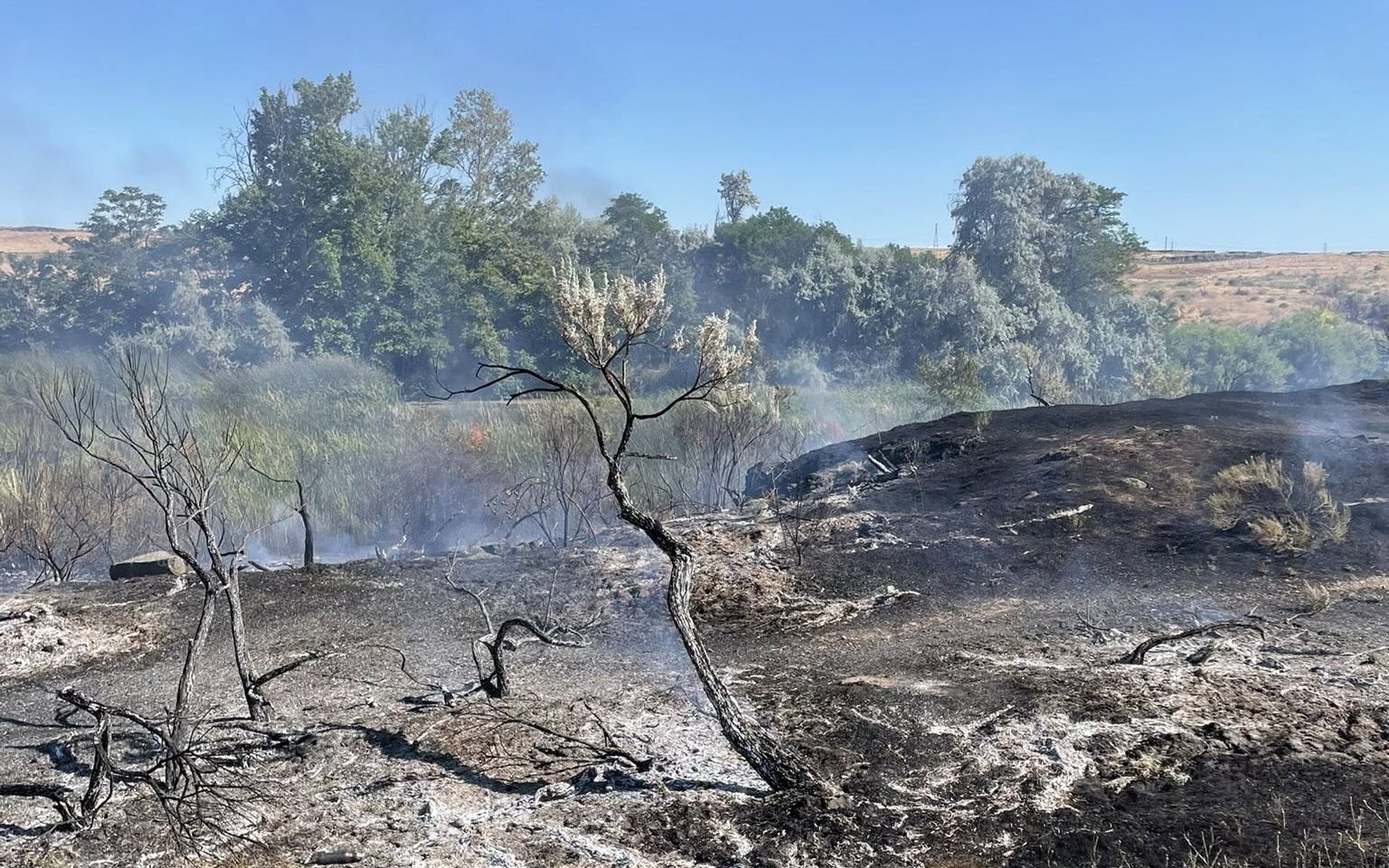Boardman, Irrigon among Oregon towns now ‘rural’ after Census rule change
Published 3:00 pm Monday, January 2, 2023

- Boardman lost its status as an “urban” area, the result of a new definition the U.S. Census Bureau for the 2020 census.
PORTLAND — Just more than a dozen Oregon cities, towns and unincorporated areas had their status changed from urban to rural, the result of a new definition the U.S. Census Bureau for the 2020 census.
Those places — including Mount Hood Village, Boardman and Irrigon — joined more than 1,100 nationwide, with a combined 4.2 million residents, that are now rural areas according to the bureau.
Under the old criteria, an urbanized area needed to have at least 50,000 residents. An urban cluster was defined as having at least 2,500 people, a threshold that had been around since 1910.
After the revision in 2020, the minimum population required for an area to be considered urban doubled to 5,000 people or a minimum housing unit threshold of 2,000.
The full list of Oregon towns and villages to see their designation changed to rural area are:
• Boardman
• Carlton
• Gold Beach
• Harrisburg
• Irrigon
• Lakeview
• La Pine Northwest
• Mount Angel
• Mount Hood Village
• Nyssa
• Oakridge
• Shady Cove
• Toledo
The bureau originally proposed raising the bar to 10,000 people but pulled back amid opposition. The new criteria for urban areas shift the urban-rural ratio slightly, to 79.6% and 20.4%, respectively.
The Census Bureau’s new threshold could impact an area’s ability to qualify for different types of federal funding for transportation, housing, health care, education and agriculture in urban areas. While the federal government doesn’t have a standard definition of urban or rural, the Census Bureau’s definition often provides a baseline.
It is the bureau’s biggest modification in decades in its definition of an urban area. The agency adjusts the definition every decade after a census to address any changes or needs of policymakers and researchers.
The bureau says it is done for statistical purposes and it has no control over how government agencies use the definitions to distribute funding.






